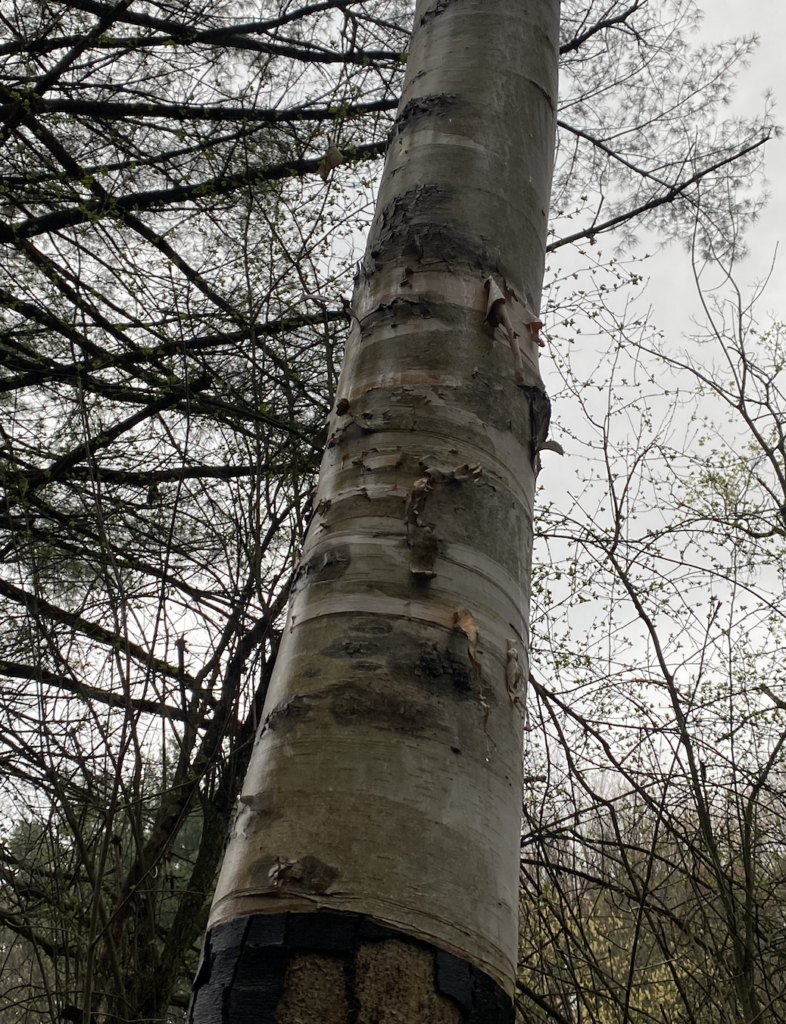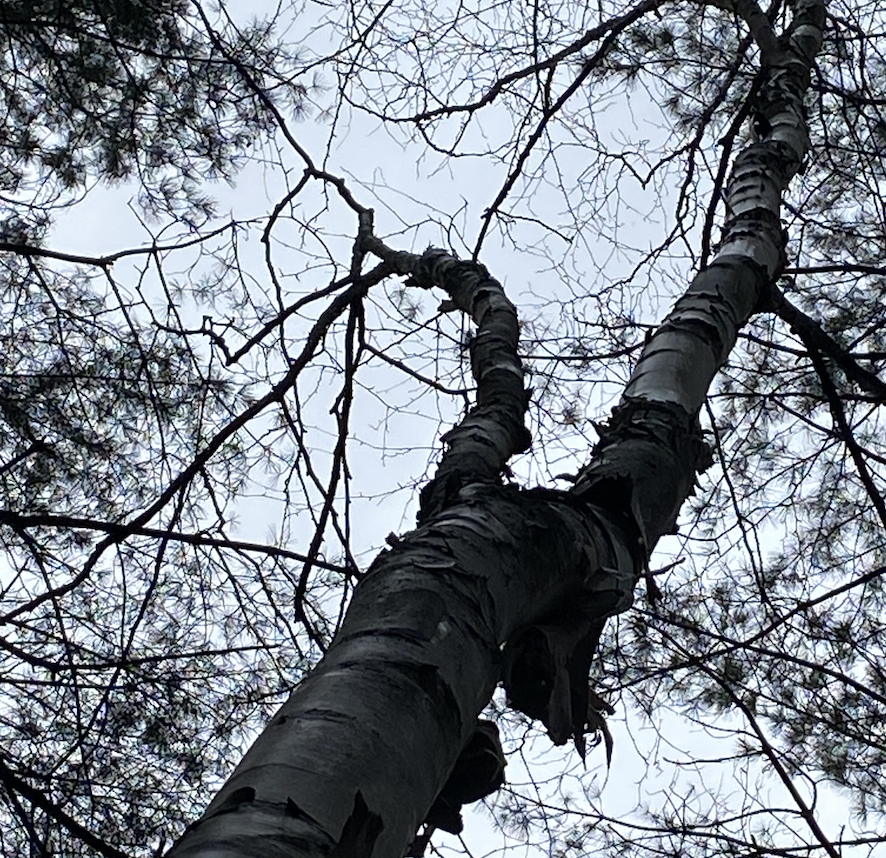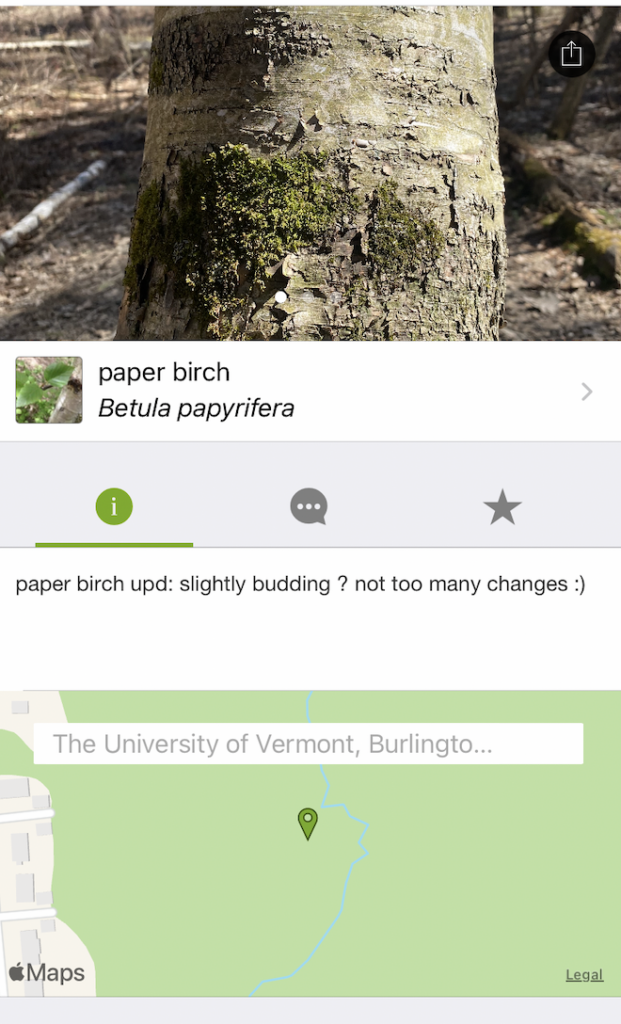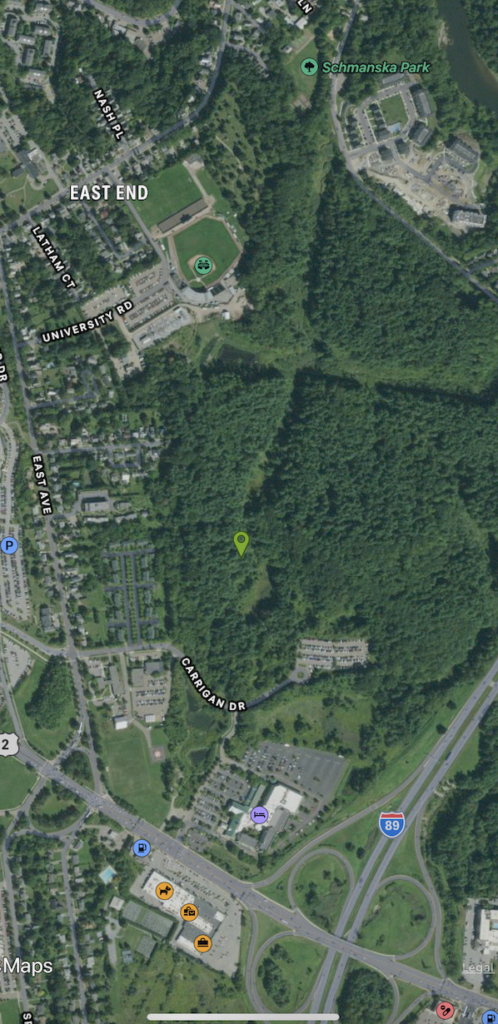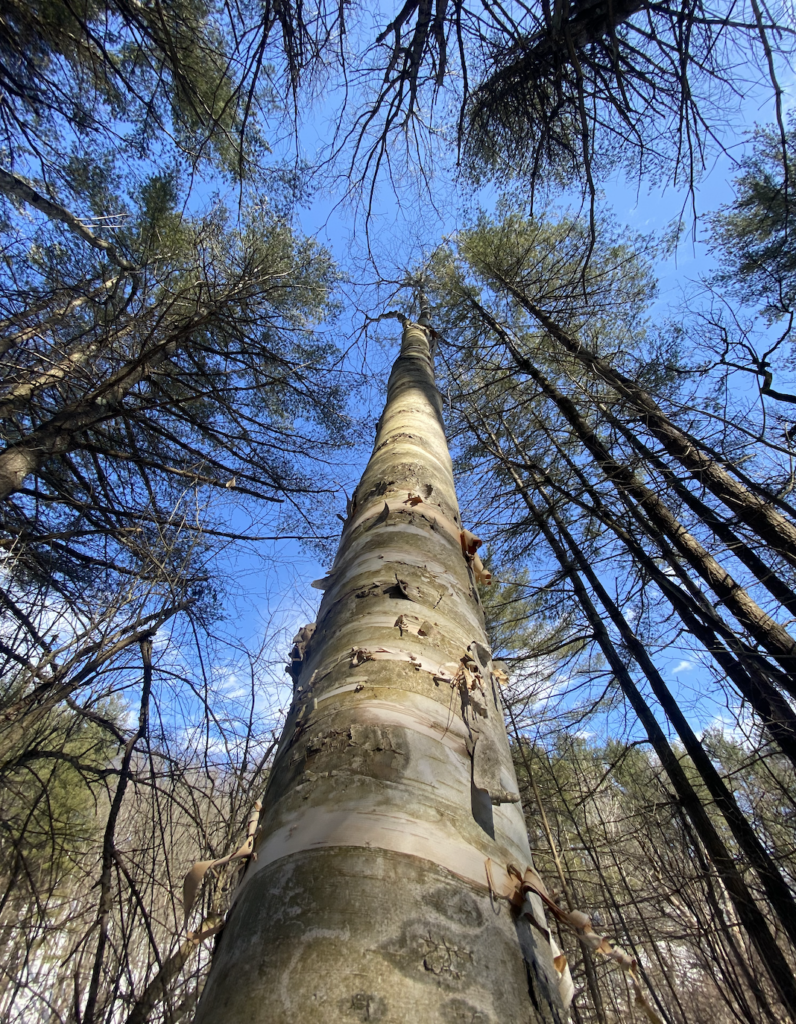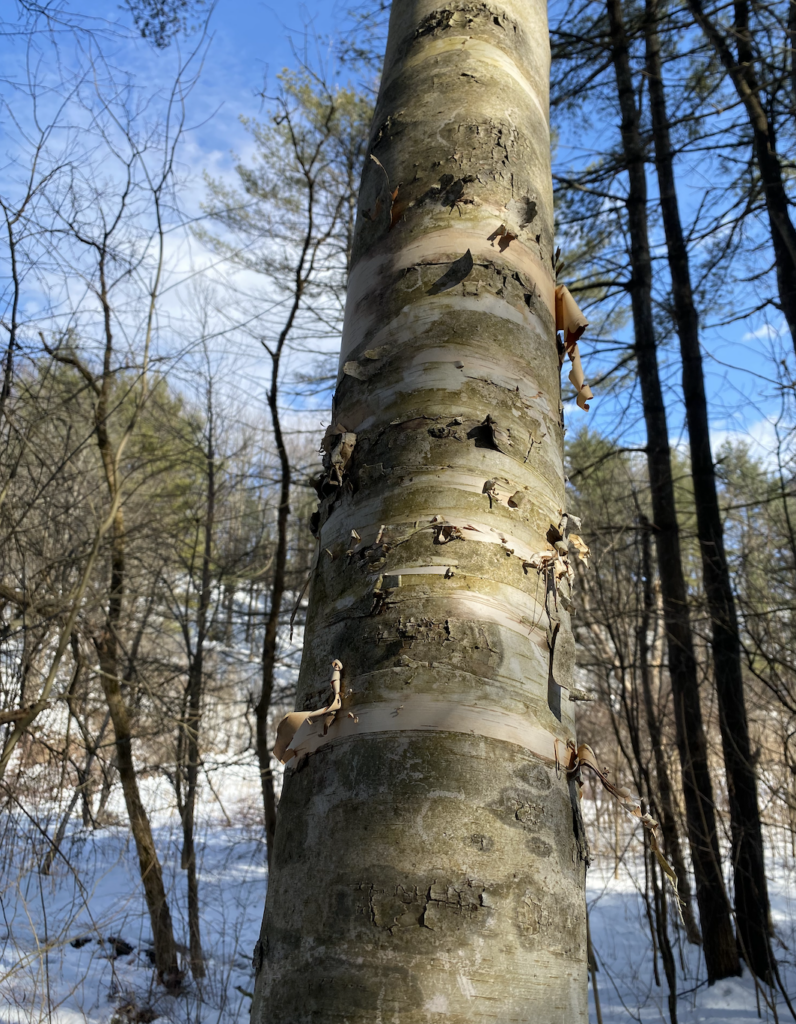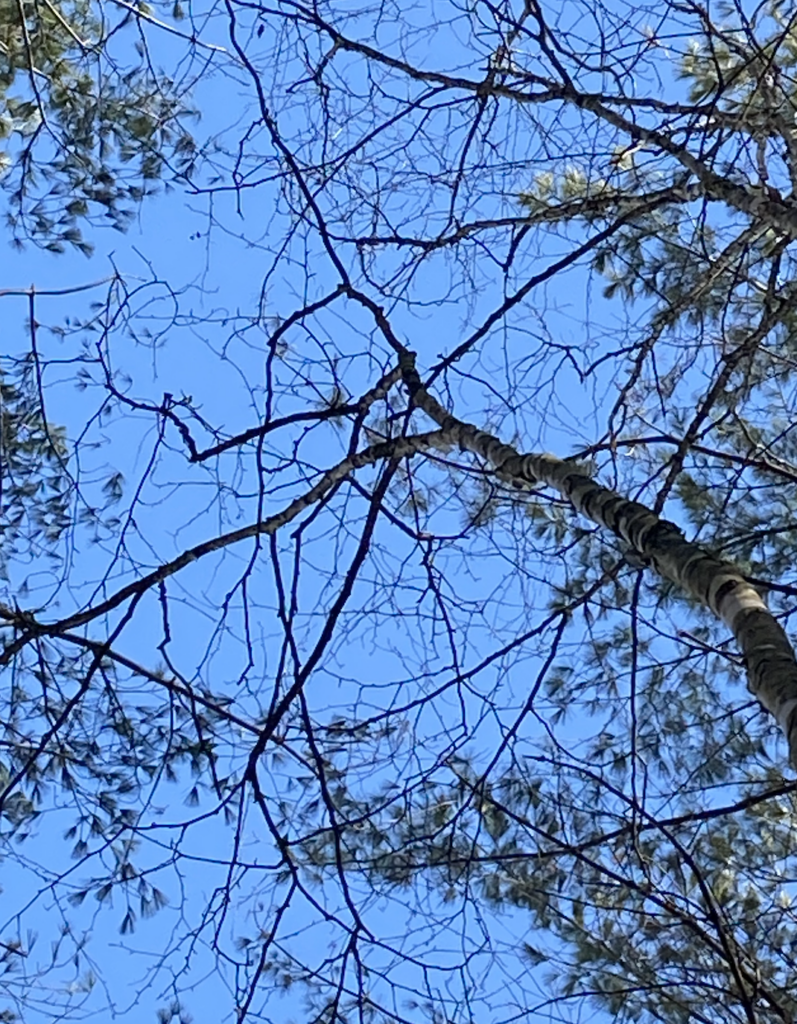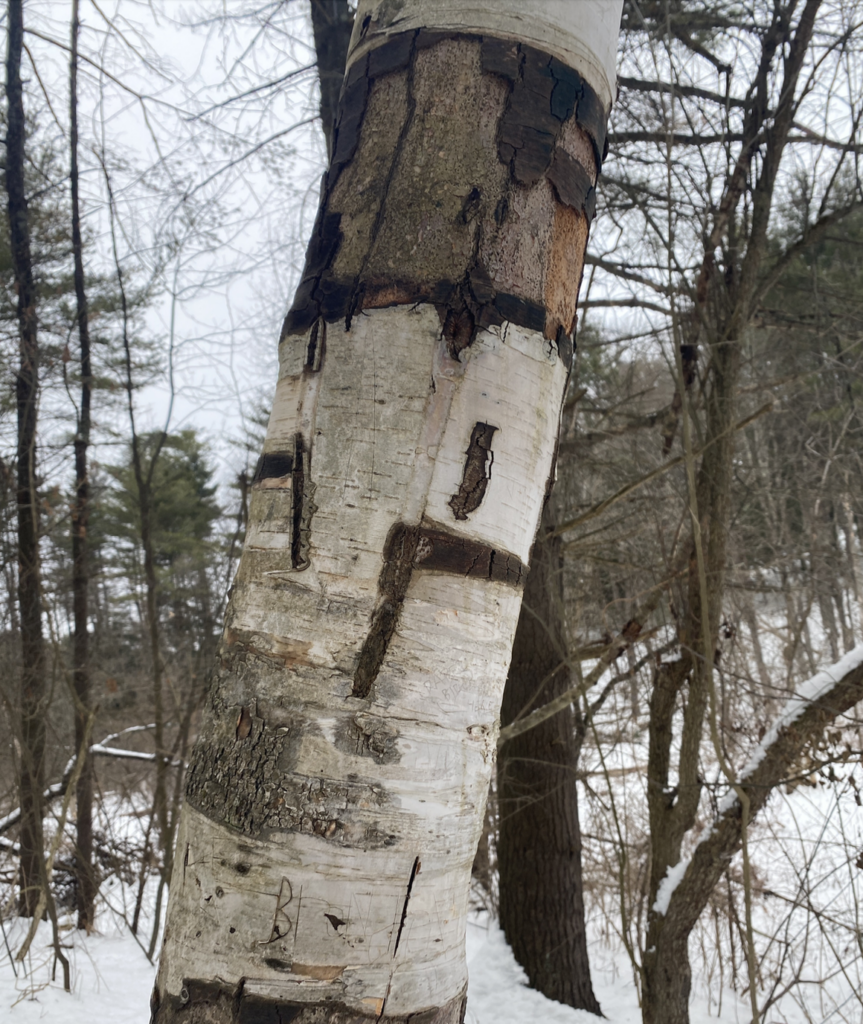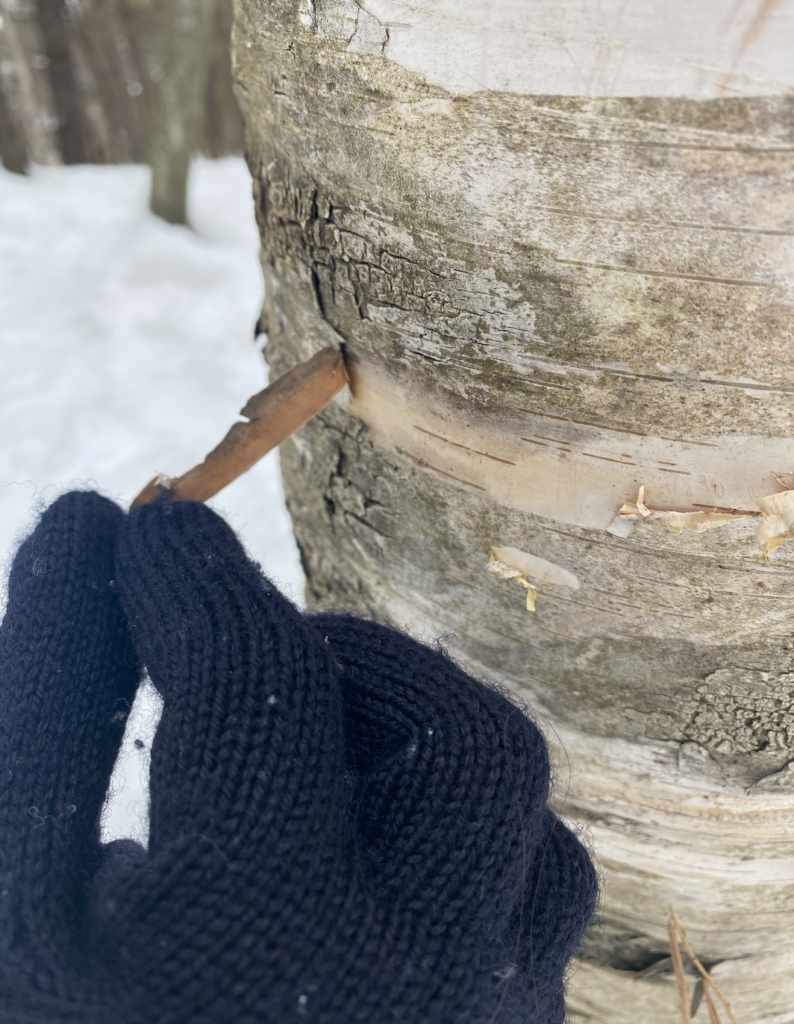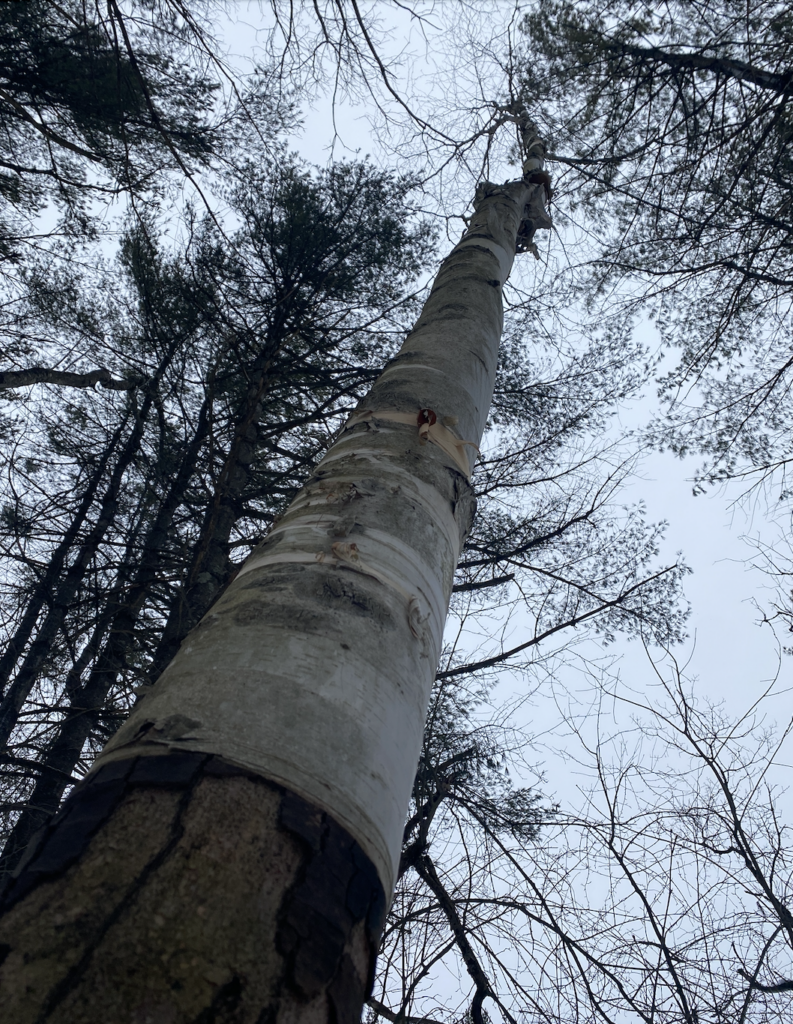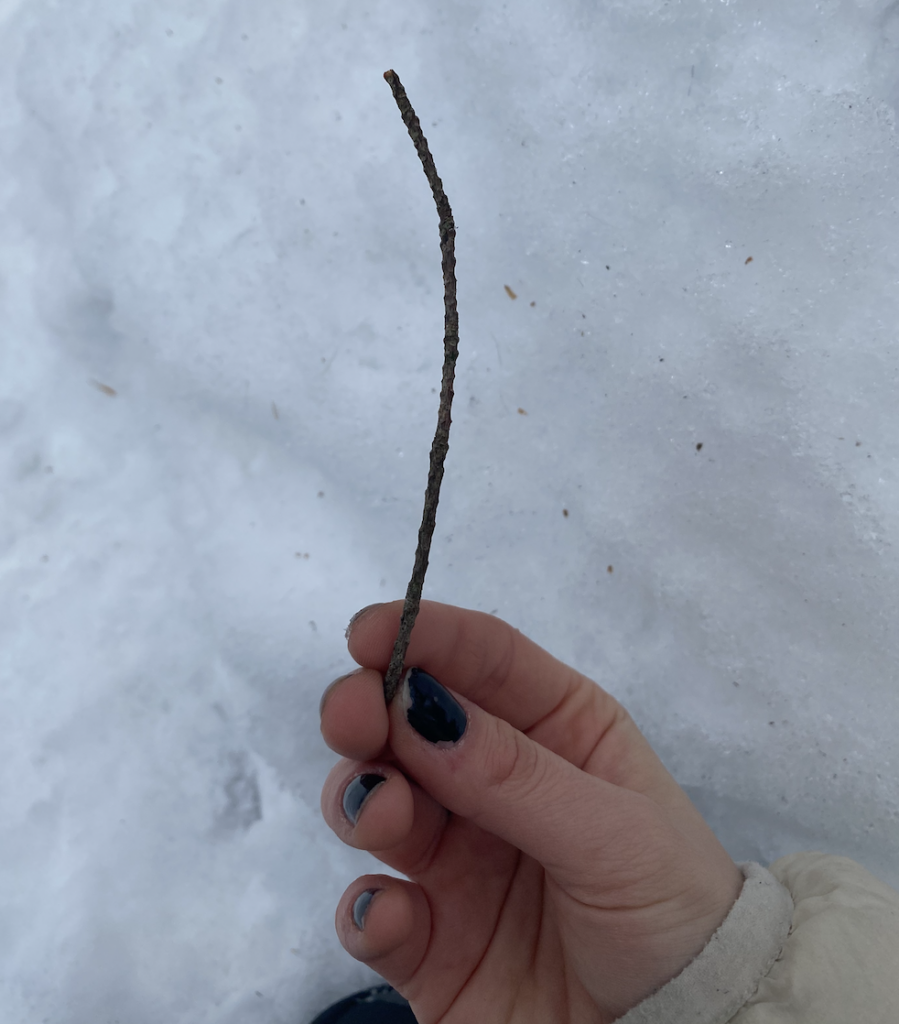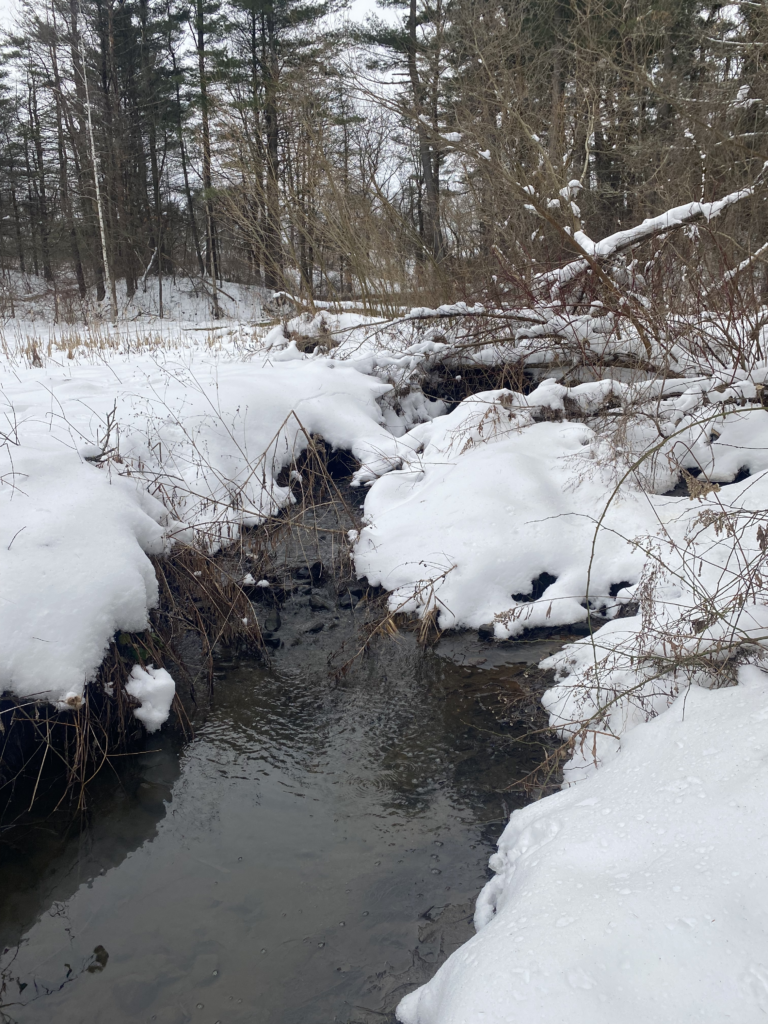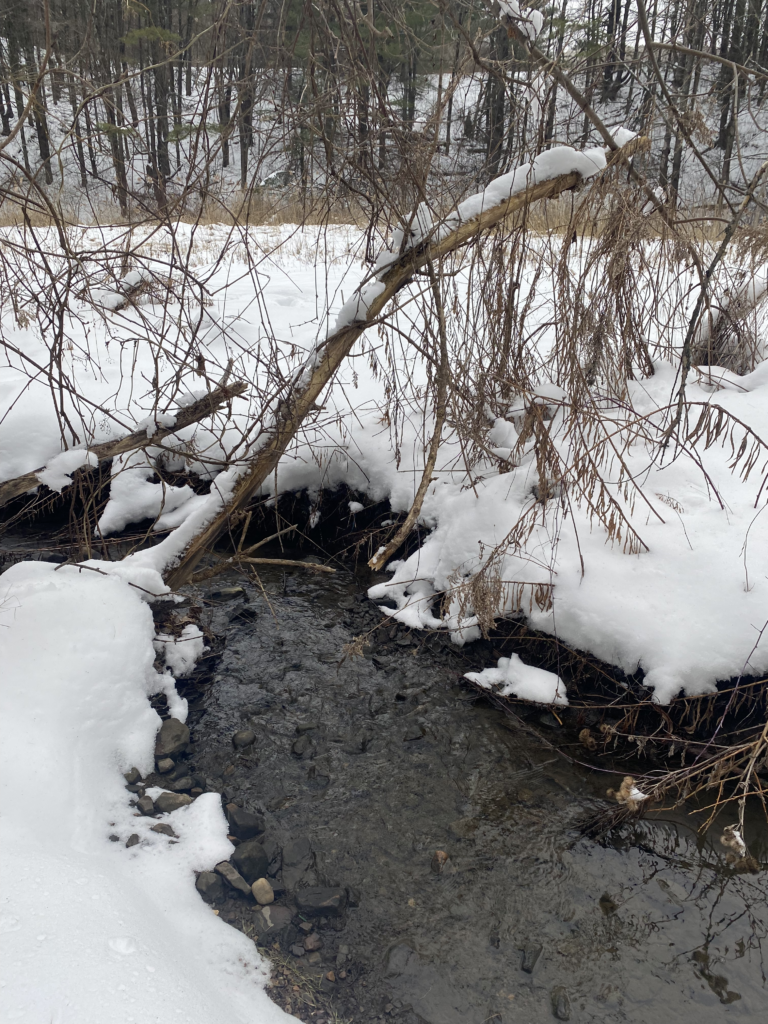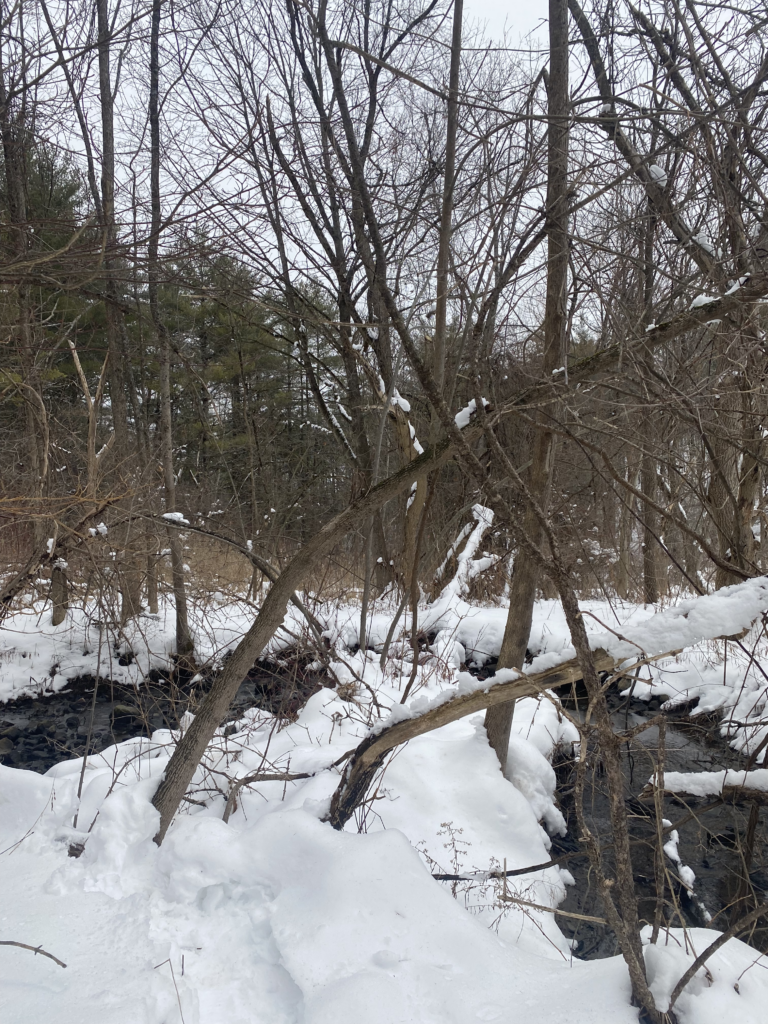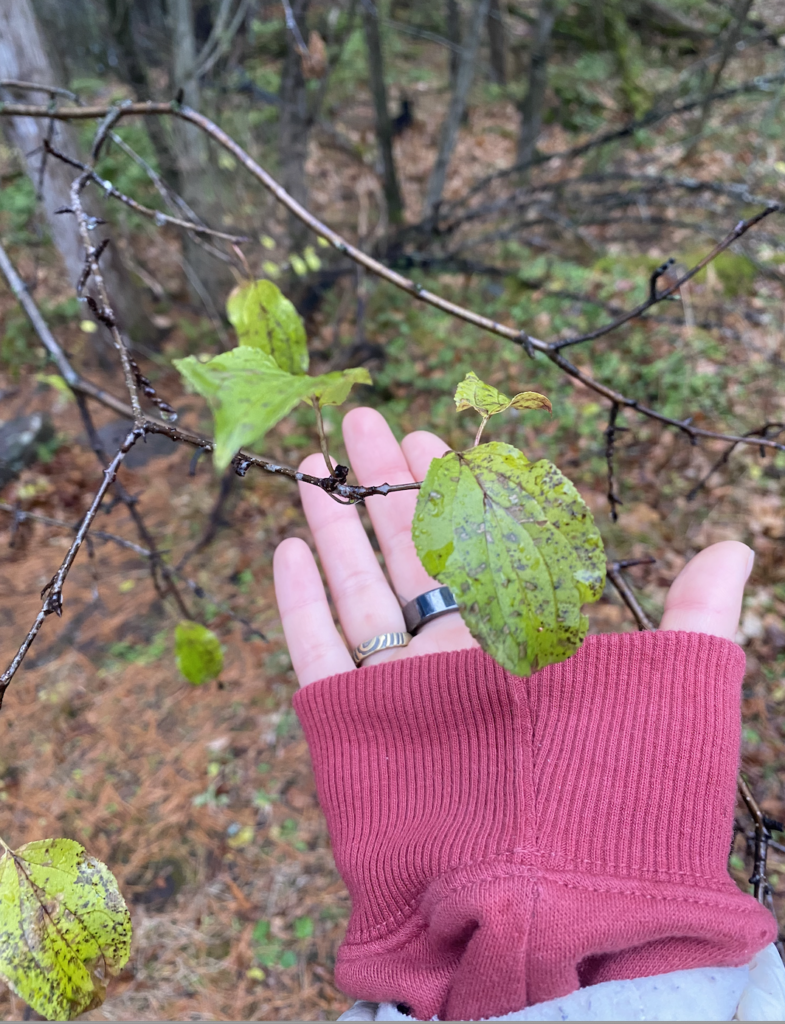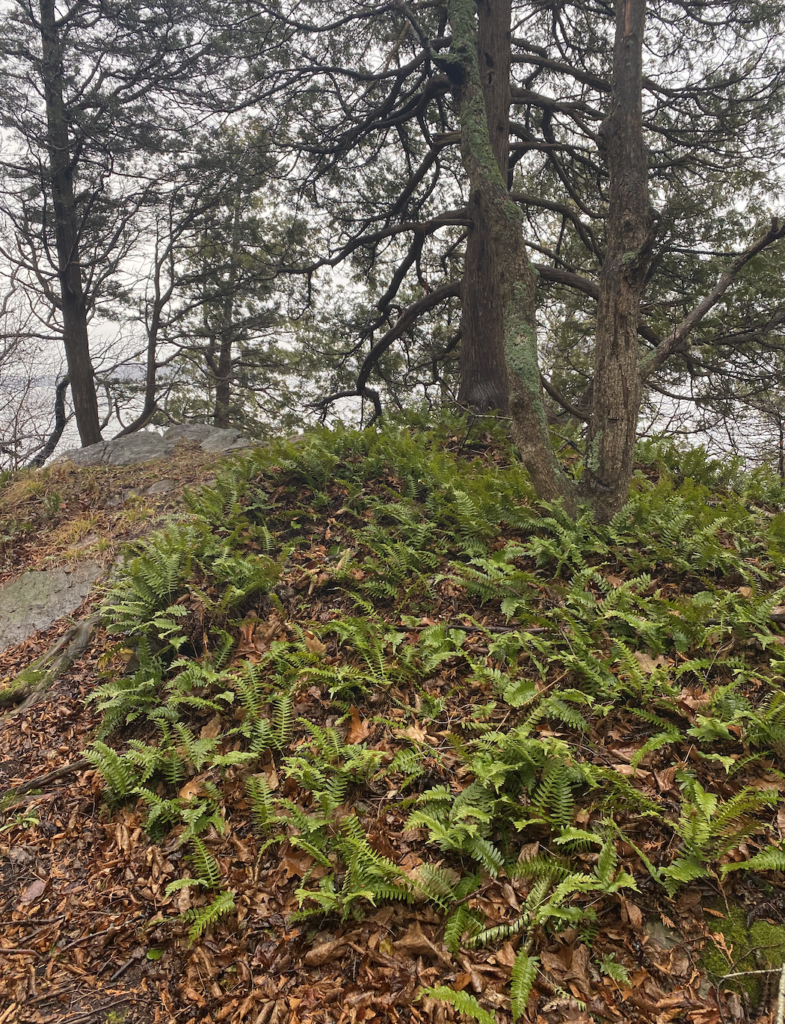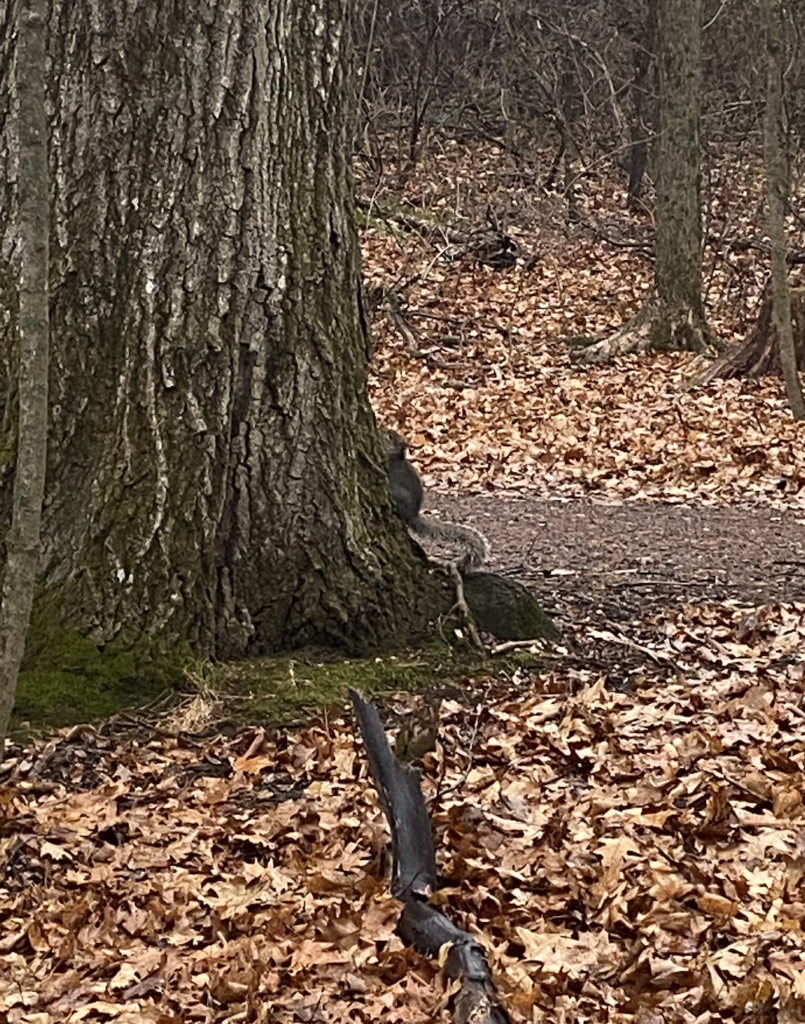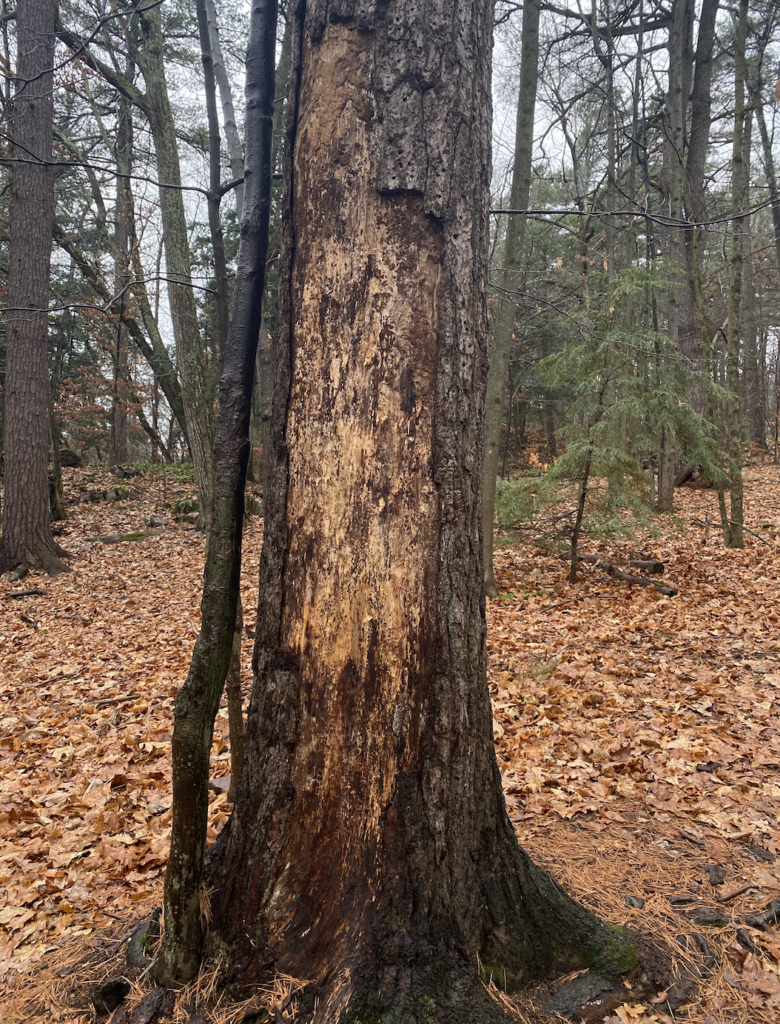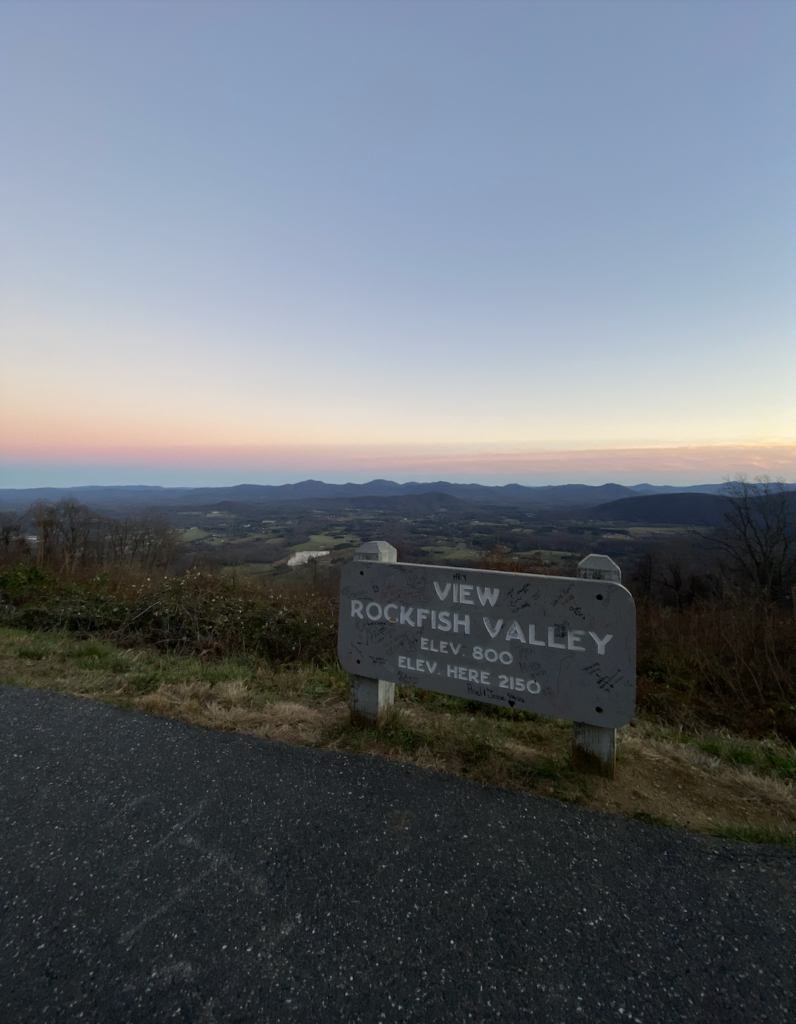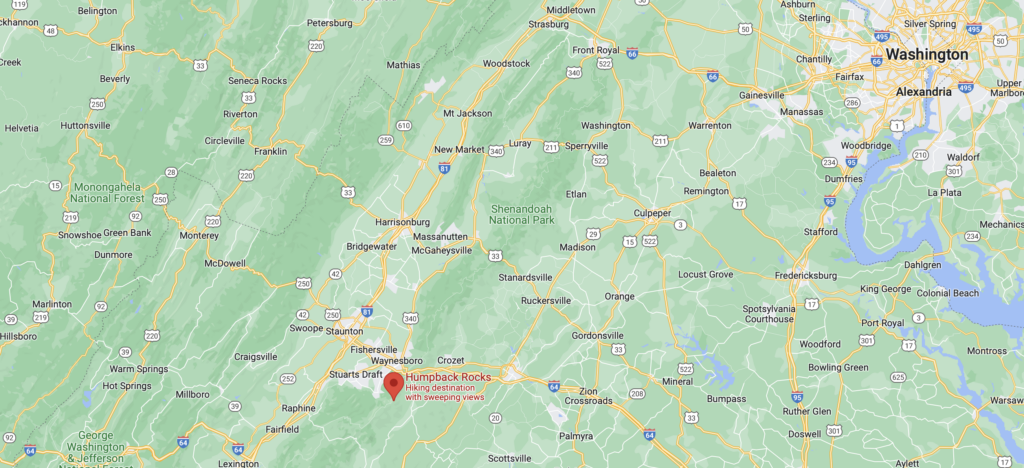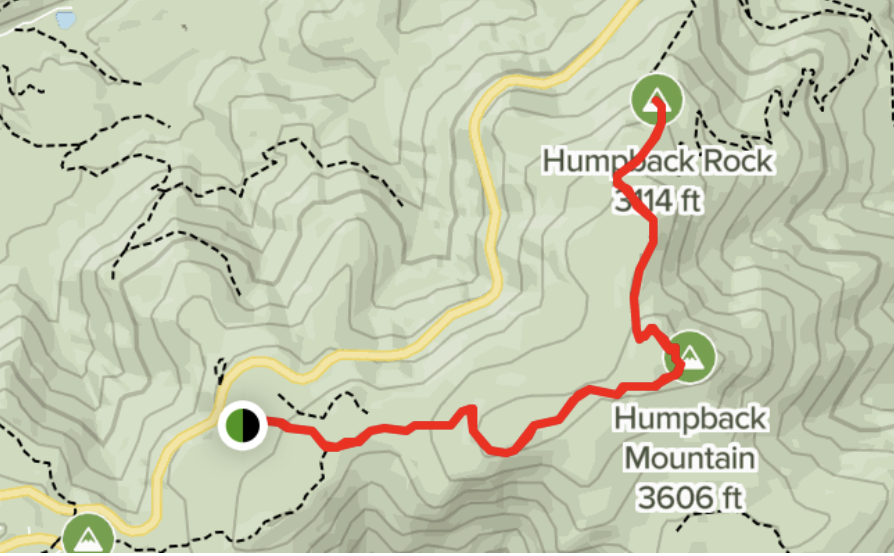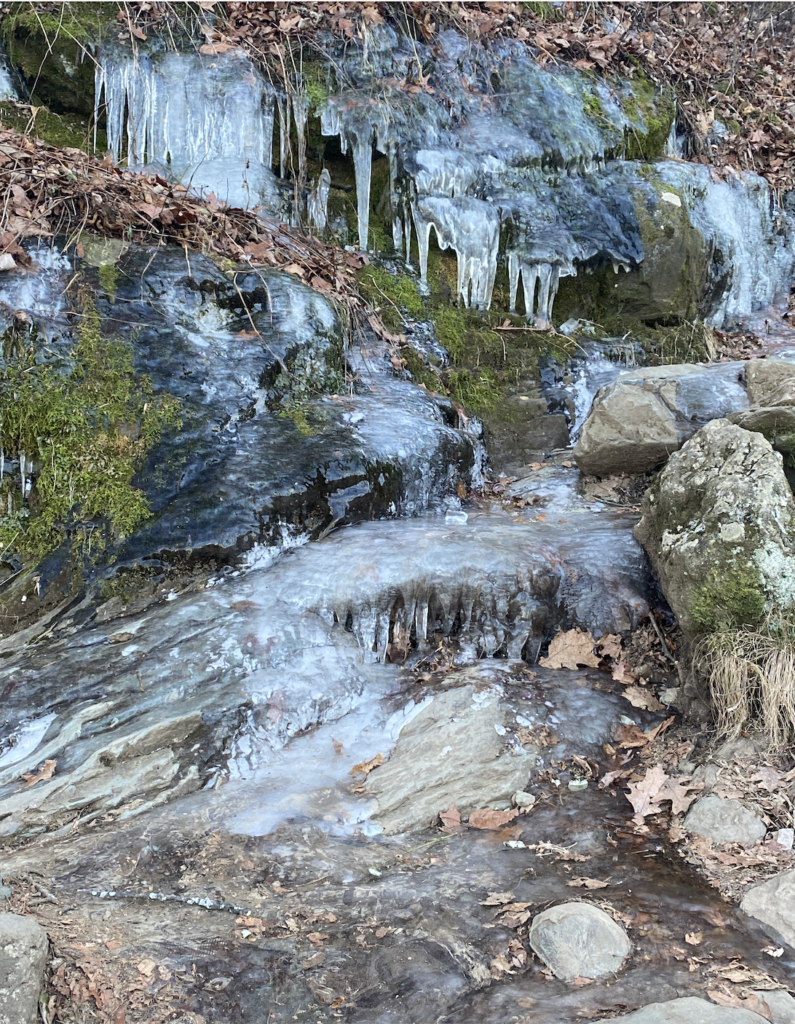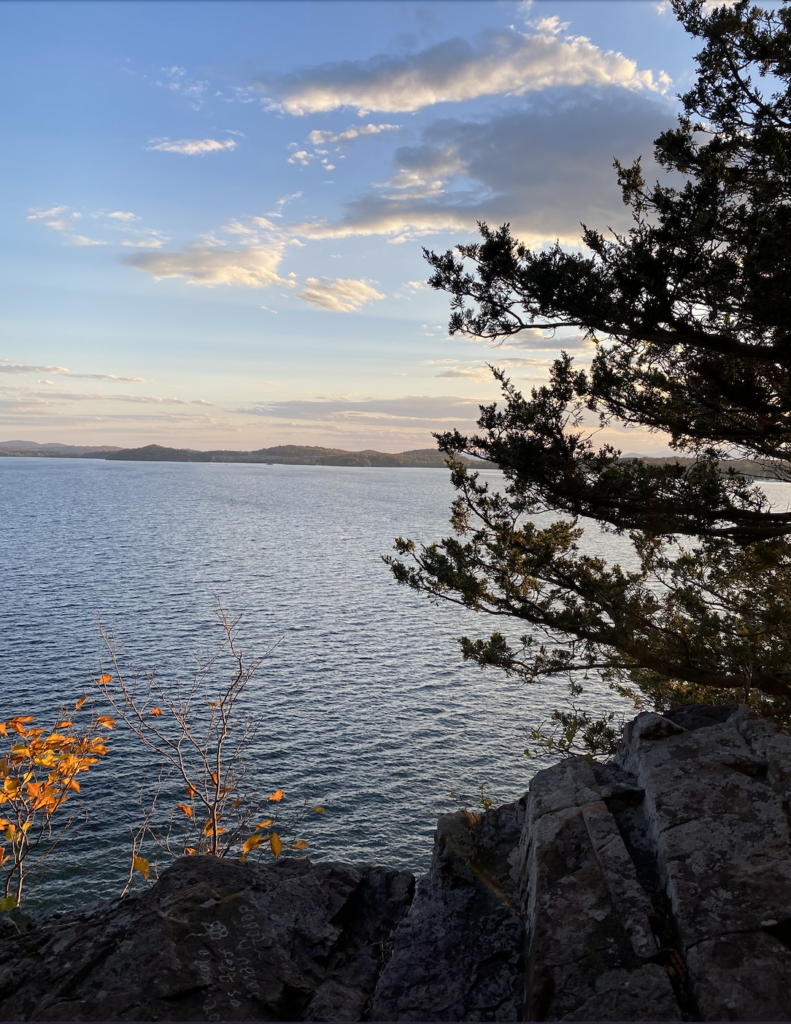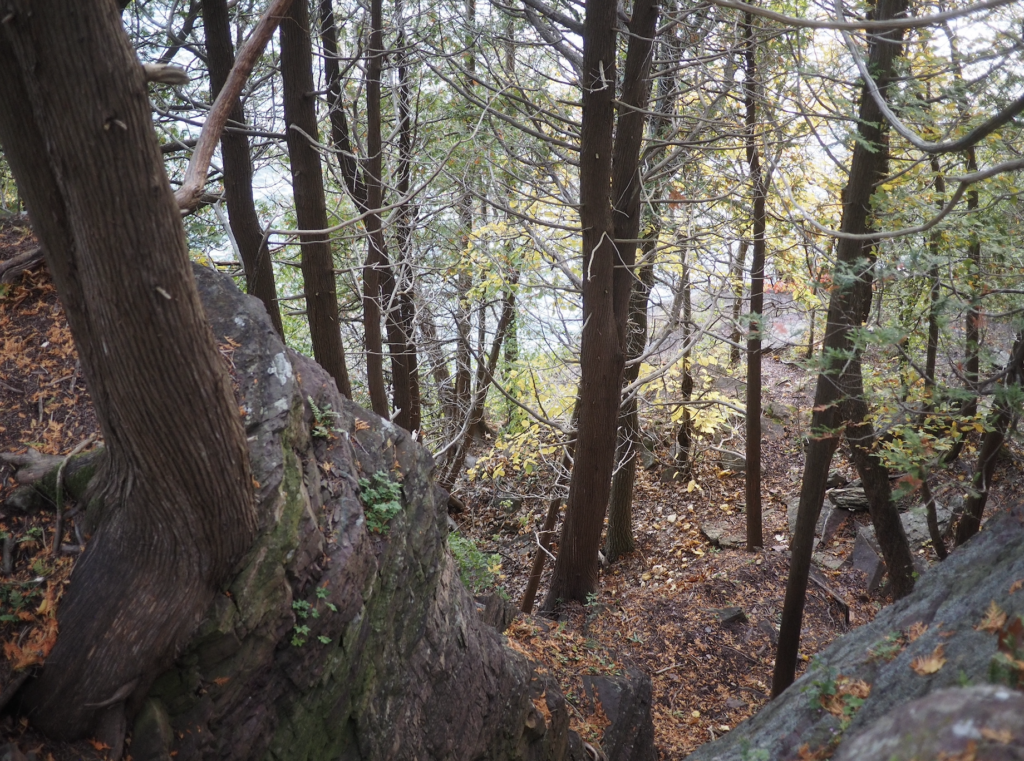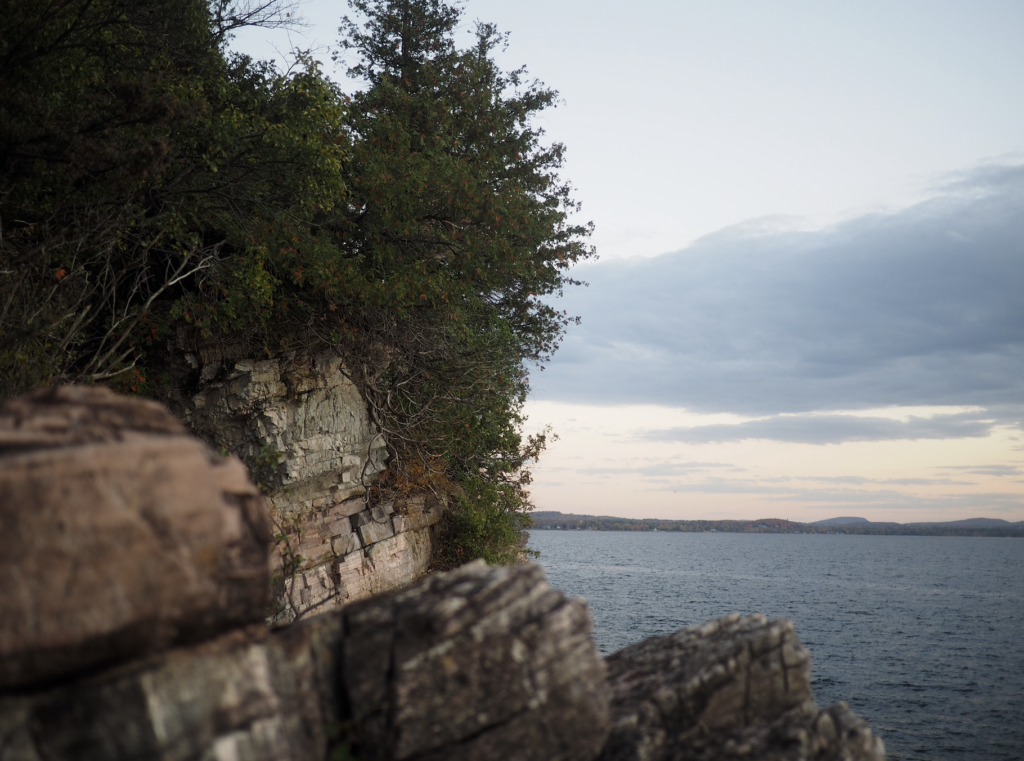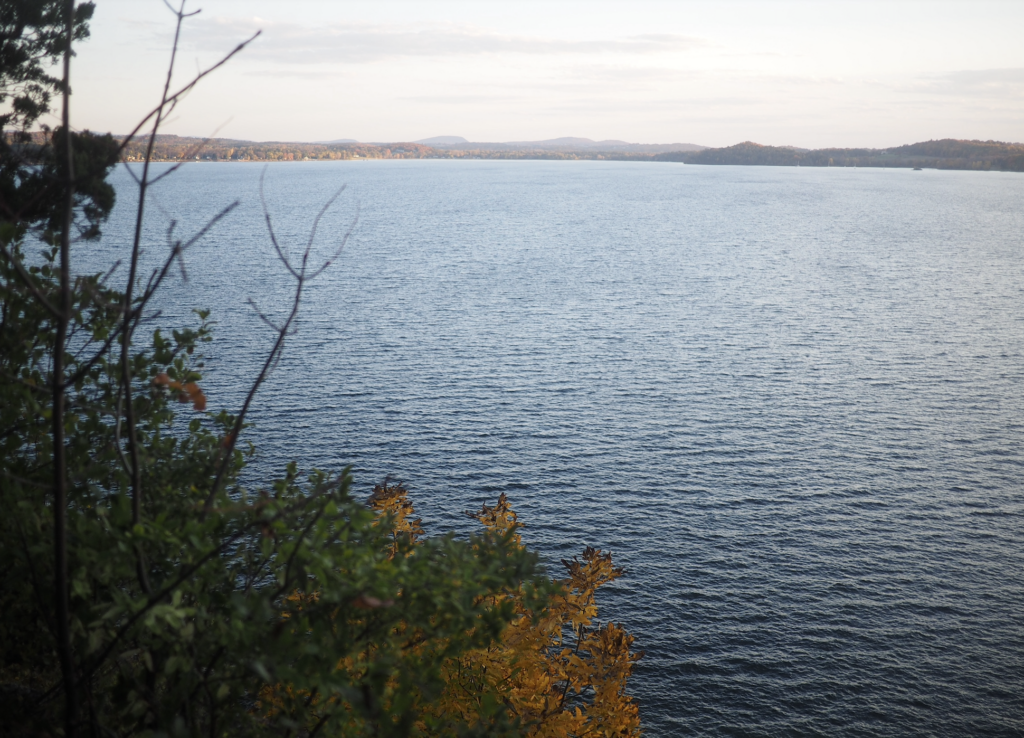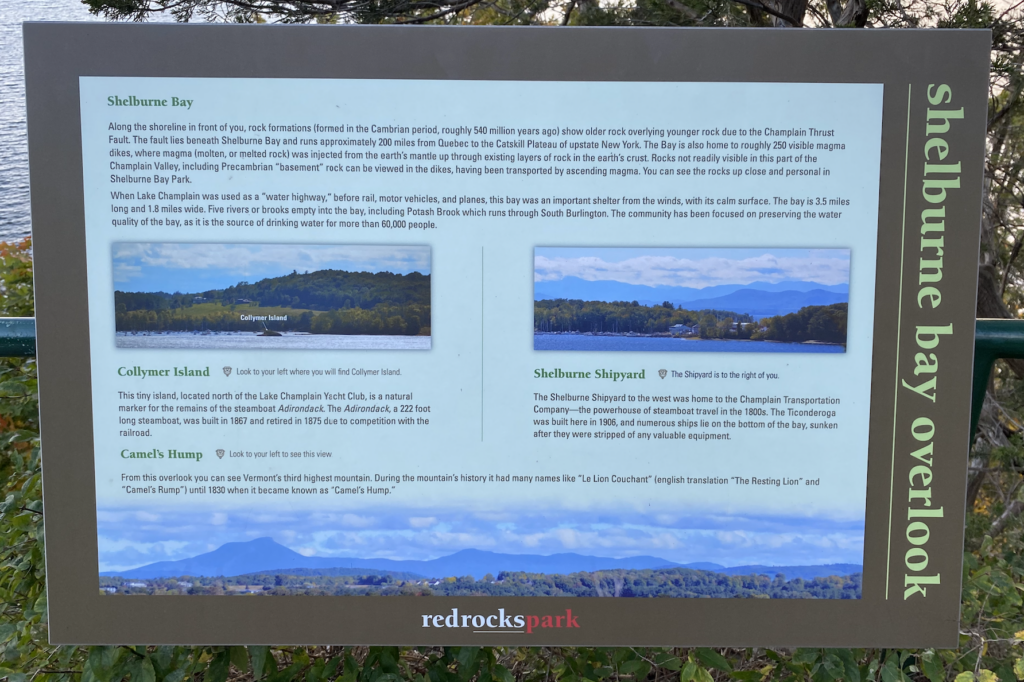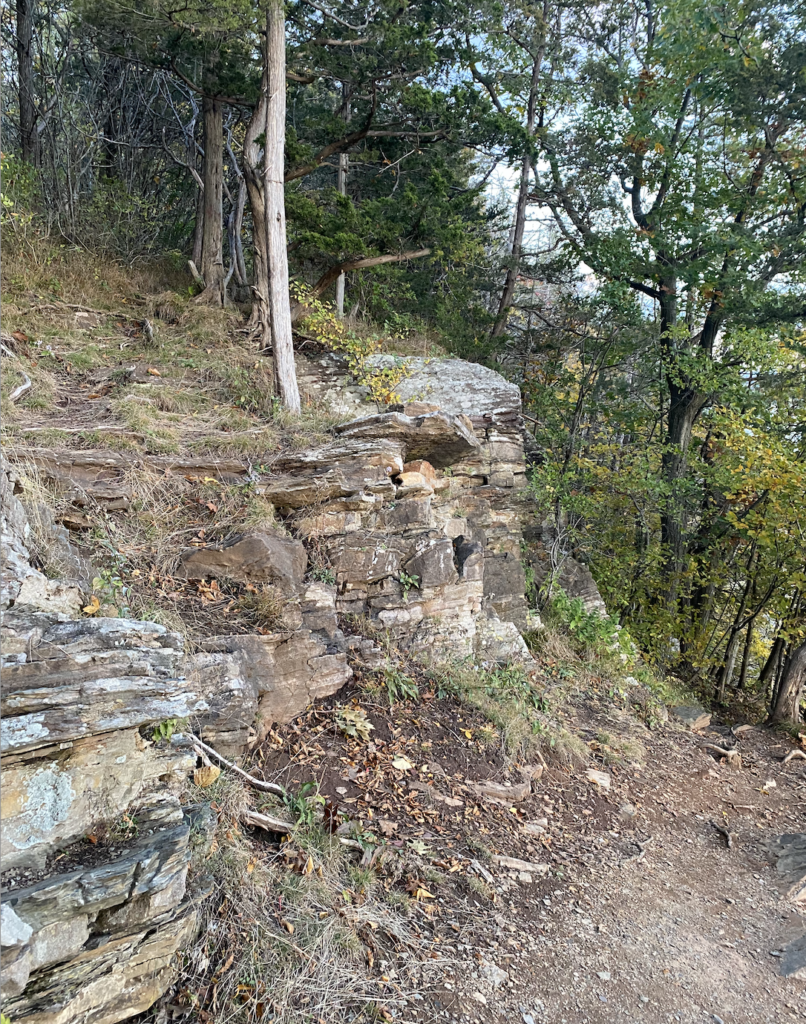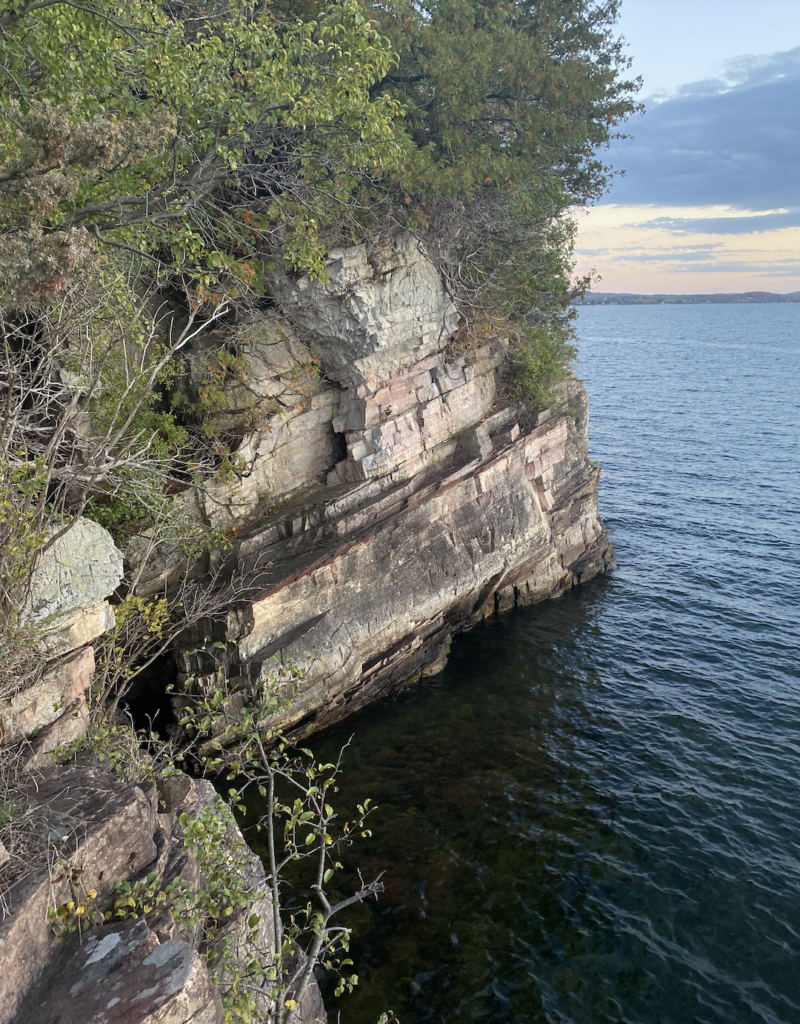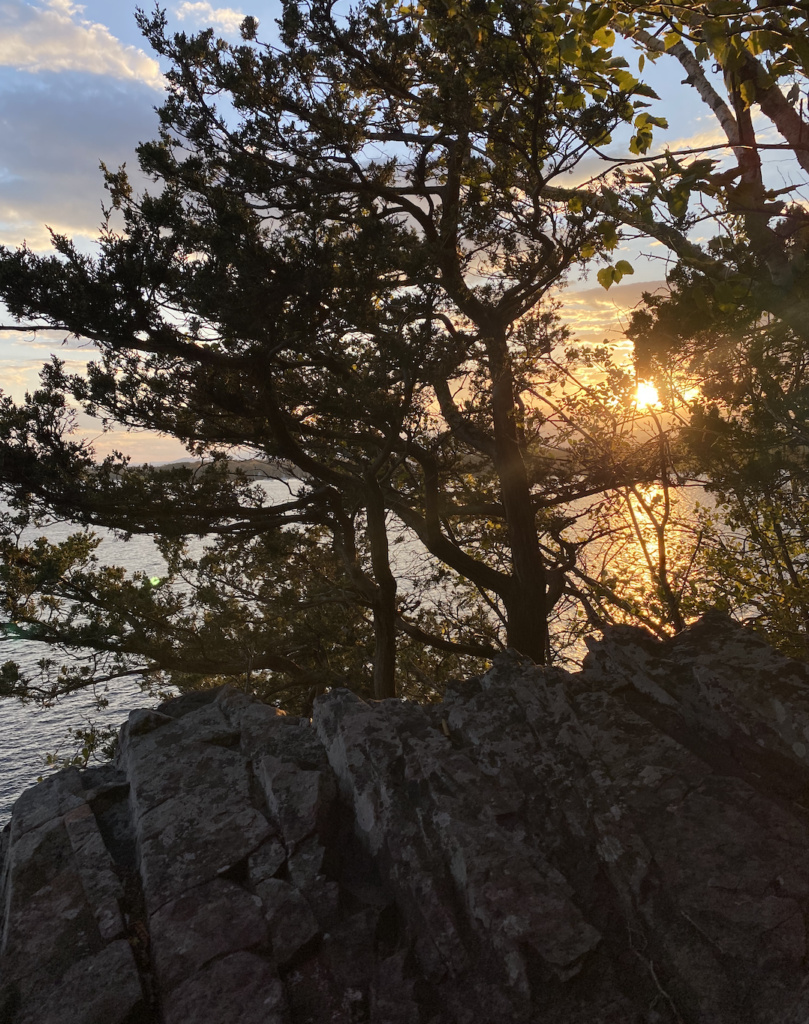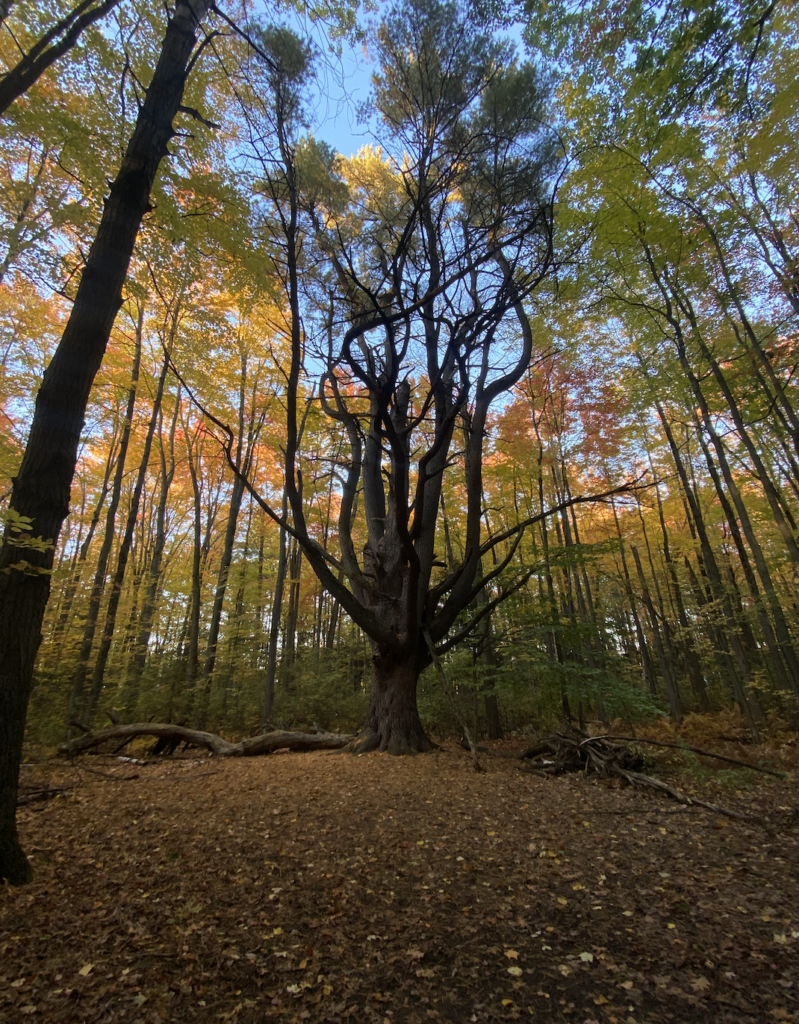Hi everyone! Happy belated Earth Day!!!! In my final phenology post I am happy to share that the birch started budding!:) it is hard to see it in the pictures because the branches are really high up, but the bugs are there :0
I’ll attach all pictures and screenshots below!
It was really nice to watch the weather change and everything around become more green and spring-like, and this particular project made me realize that these changes happen every day but we just don’t always notice. I’m happy I got to witness this particular paper birch become back alive again and show some buds 🙂 there weren’t many changes I could talk about besides the weather-dependent factors and its location keeps it from being affected by humans
over this semester I learned a lot about landmarks and terrains, like elevation/depression, its surface textures and etc.. FUN FACT: I also learned that if a tree looks like it’s growing out of a weirdly shaped land/area where it has its roots– it is probably because it grew on top of another tree (nursing log), which is a big thing for birches !!
Besides this tree being a great specie for my phenology place it also is a part of the Centennial Woods Natural Area. Centennial has become not only one of the most frequently visited spots around campus and a great outdoor classroom, but also a part of the UVM campus that serves many people. Going for a walk, hammocking, birding, or any other outdoor activity can be a great way to socialize, distress, enjoy the nature, and get closer with the community. I think areas like Centennial Woods, Redstone Pines, and all other public natural areas are a prime example of nature and culture being intertwined. I love visiting these places and hanging out there with my friends or by myself, I am very grateful to have access to nature and call this place a home <3
